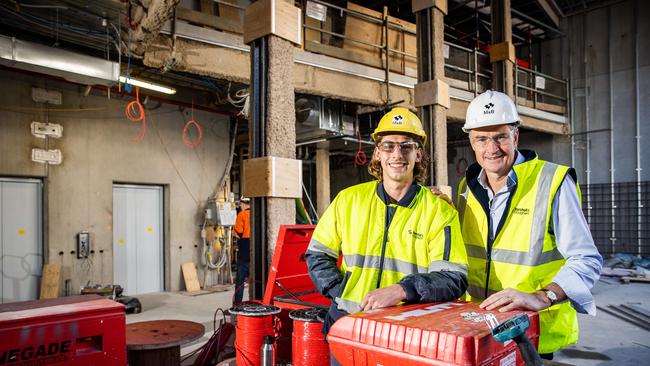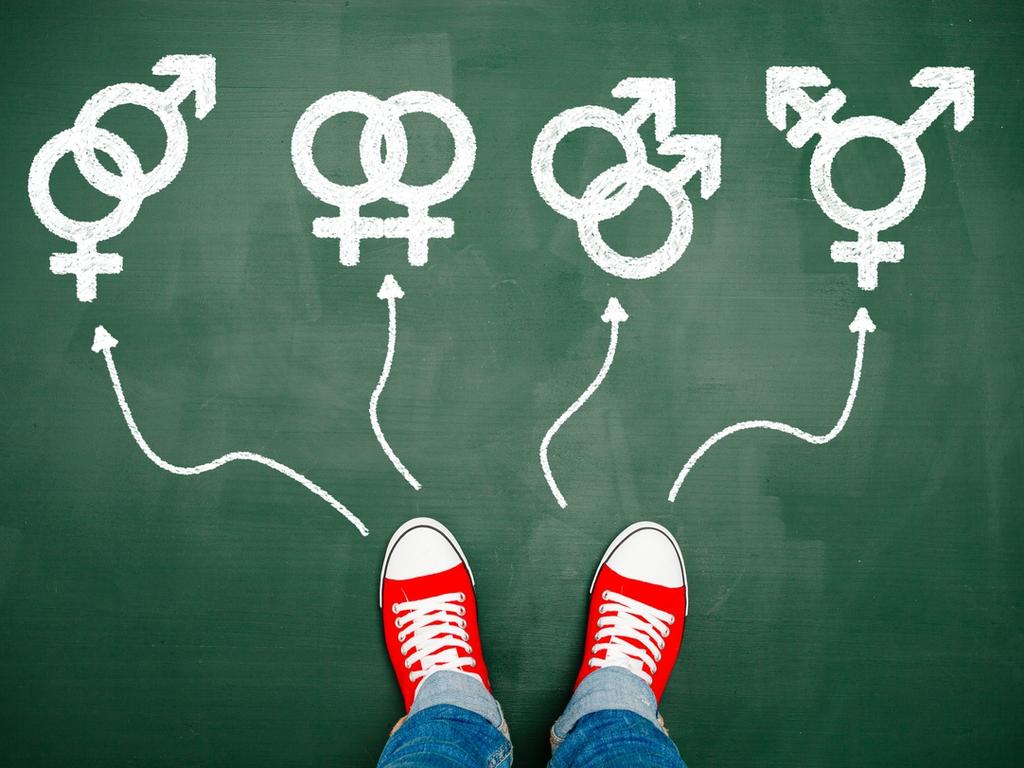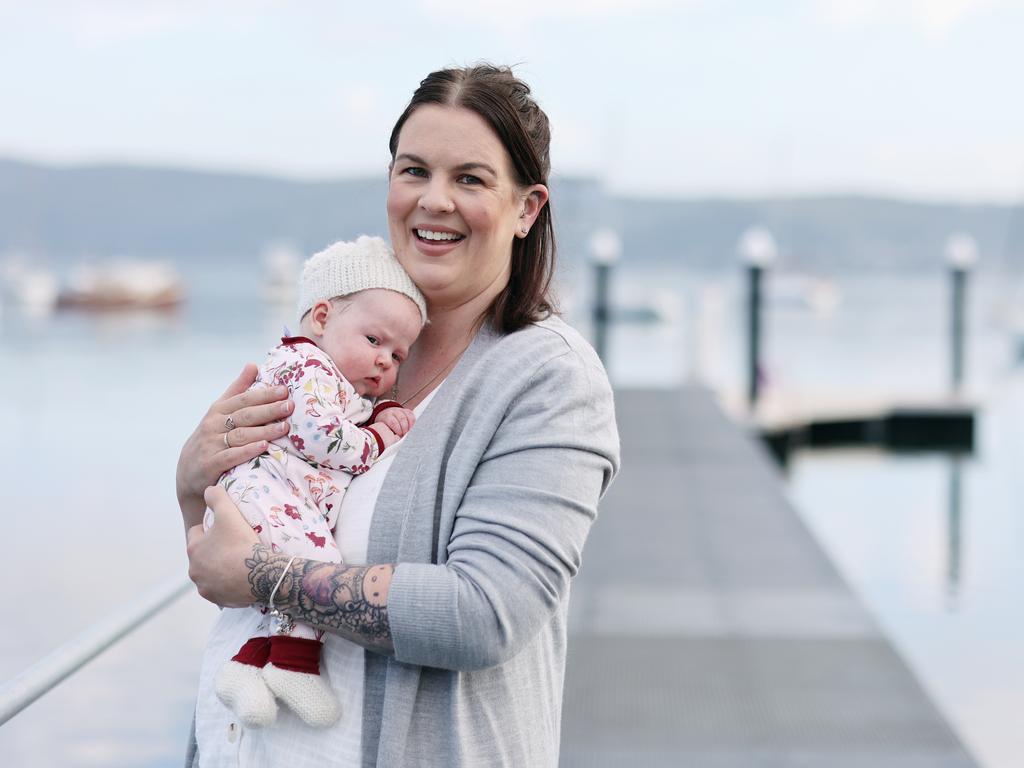Census 2021: Boom time for middle Australia
The average Australian’s income increased by 20 per cent between 2016 and 2021 – or at twice the pace of living costs – census data revealing.

The past five years have been revealed as a period of booming prosperity for middle Australia, with census data revealing the average Australian’s income increasing by 20 per cent between 2016 and 2021, or at twice the pace of living costs.
The median weekly income lifted from $662 in 2016 to $805, or equivalent to $41,900 a year, according to the Australian Bureau of Statistics.
Canberrans enjoy the highest average annual gross personal incomes in the country at $62,600 – 50 per cent above the national figure – according to the census, while Tasmanians earned the least, at $36,500.
After the ACT, the next highest earning jurisdictions were the resource-rich but sparsely populated Northern Territory – at $48,700 on average in 2021 – followed by similarly blessed Western Australia, where the median personal income was $44,100.
Among the big east-coast states, the averages were $42,300 in NSW, $41,800 in Victoria, and $40,900 in Queensland. South Australians on average earned $38,200 a year.
Victorians reported the fastest-paced growth in median incomes for individuals, up 25 per cent over the five years, and the NT the slowest, at 7 per cent.
Alongside booming housing and superannuation wealth, the ABS data painted a picture of five years of climbing national prosperity and rising real incomes.
Housing stress fell despite the strong upward trajectory for property prices, as rents failed to keep up with income growth, and home loan rates trended lower despite a climbing indebtedness.
Economists said this year’s surge in inflation to multi-decade highs, alongside what is anticipated will be a string of Reserve Bank rate hikes, presented a more challenging outlook over the coming 12-18 months.
The figures include the adult population from 15 years to above 85 years, including those who were unemployed or retired.
The data revealed about 40 per cent of Australian households reported annual personal income of more than $100,000, and a similar proportion said they earned under $78,000.
By household, the ACT recorded the highest median total personal income, at $123,400, and Tasmania the lowest, at $70,600.
Associate professor Ben Phillips at the ANU’s Centre for Social Research and Methods said the census showed, at least on the surface, that “it’s been a very good five years in terms of household living standards for a typical Australian family”.
He said there was little in the initial census data to show the trends around inequality, although the ABS’s use of the median figure meant the outcome had not been distorted by large moves at the top end of the income scale. “At least middle Australia is doing reasonably well – we don’t know about lower income groups, or in the regions,” he said.
“Overall, it’s a pretty rosy picture, although obviously with some potential storm clouds with rates and the general cost of living increases. There are more concerns about where we’re heading, rather than where we’ve been.”
The ABS figures revealed a lower proportion of Australians in housing stress.
The lift in median personal income since 2016 was twice the growth in average household rents, and three times that of mortgage costs.
Households spending more than 30 per cent of their income on mortgage payments – a common threshold for stress – fell from 19.3 per cent in 2016 to 14.5 per cent in 2021. The equivalent share or renting households under stress fell from 36 per cent to 32.2 per cent, the census showed.
Mr Phillips said “we’ve heard a lot about mortgage stress. For some people, this is true, like first-home buyers getting into the market. For the average punter on an existing rental arrangement or who got their housing loan five, 10, 15 years ago, they have done OK”.
While the national conversation this year has been around stagnating wages over the previous decade, EY chief economist Cherelle Murphy said the 22 per cent growth in median income since 2016 meant “Australians are more able to afford an average basket of goods and services, which grew 9.4 per cent over the same period”.
While housing repayments as a share of income on average dropped, home prices nationally matched the increase in median income, Ms Murphy said.
As Australia reopens to the world after the pandemic, KPMG chief economist Brendan Rynne said a more prosperous country over the five years to 2021 had been “enabled and underpinned by migration”.
“We’ve had such strong migration, and that’s enabled and facilitated that prosperity to come through,” Dr Rynne said.
“That is a really important message for government and policymakers to take away.”
Dr Rynne said with inflation “roaring back” after a long period of slumber, “the next few years are going to be tougher”.
“We are in the middle of a really challenging economic environment, notwithstanding the low unemployment rate,” he said.
“We are having to deal with the cost of living going up and rates going up – and you can tell the economy is starting to slow. But the fundamentals of the economy and society are still fantastic.
“I’d much rather live in Australia than anywhere else.”








To join the conversation, please log in. Don't have an account? Register
Join the conversation, you are commenting as Logout